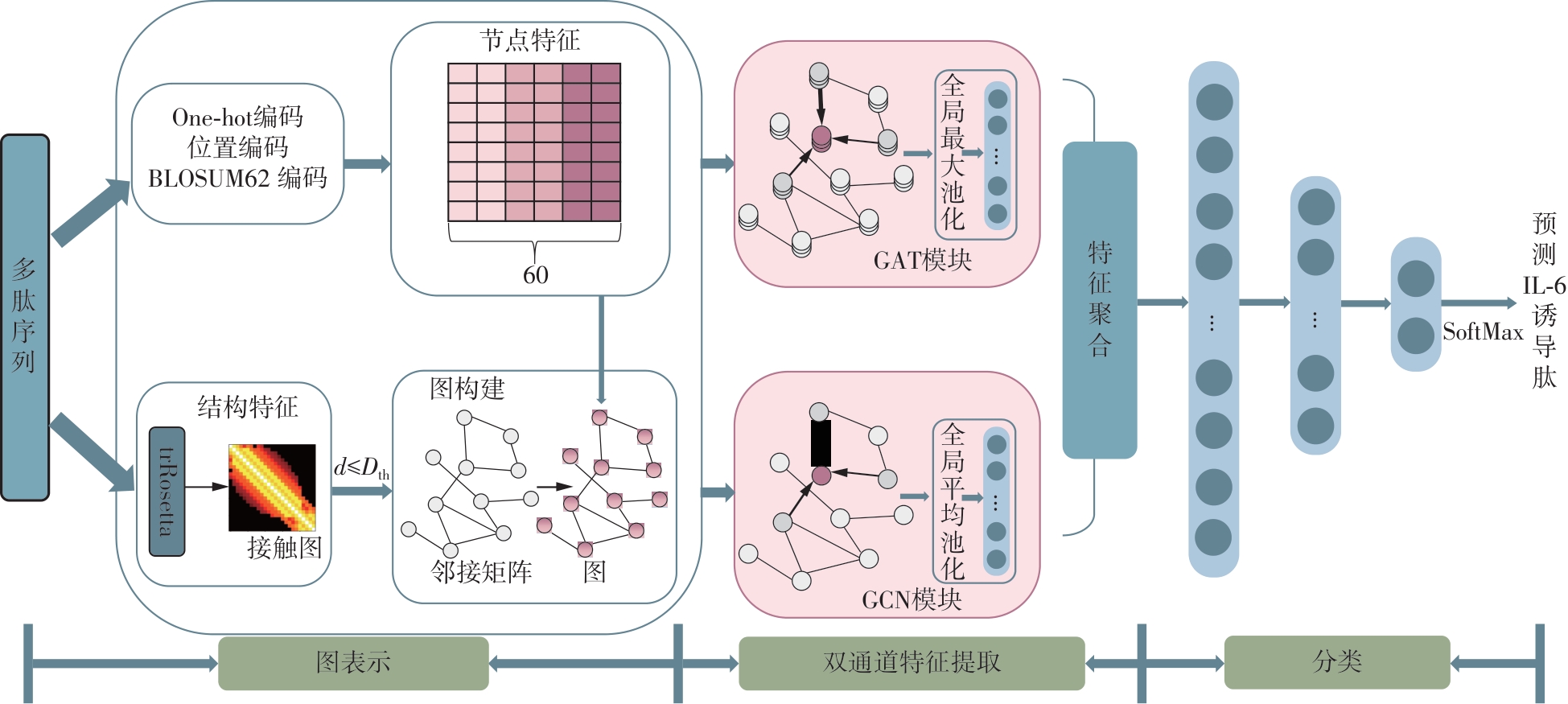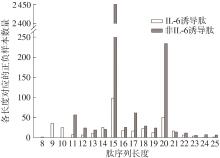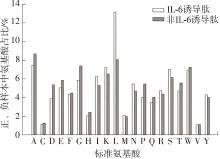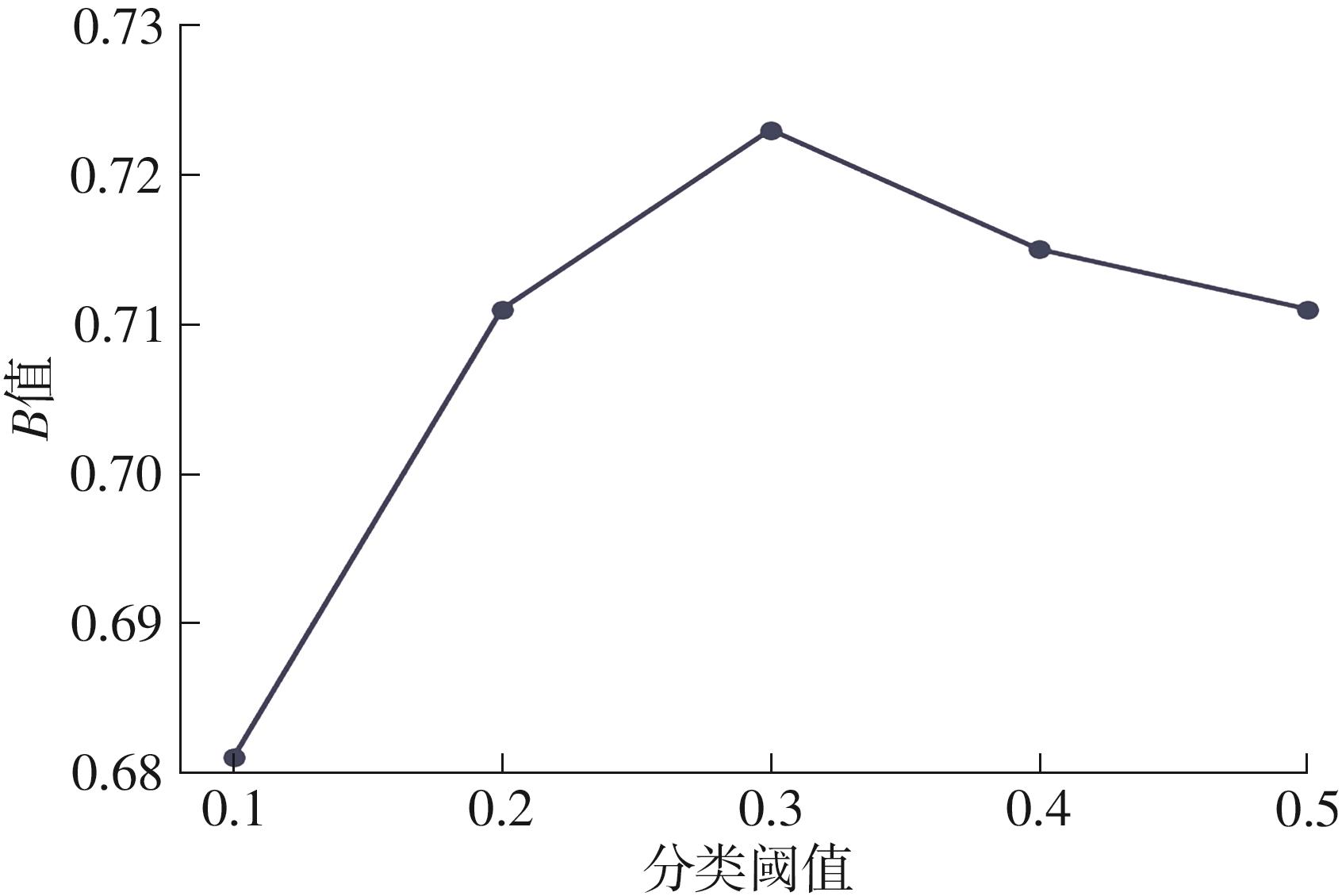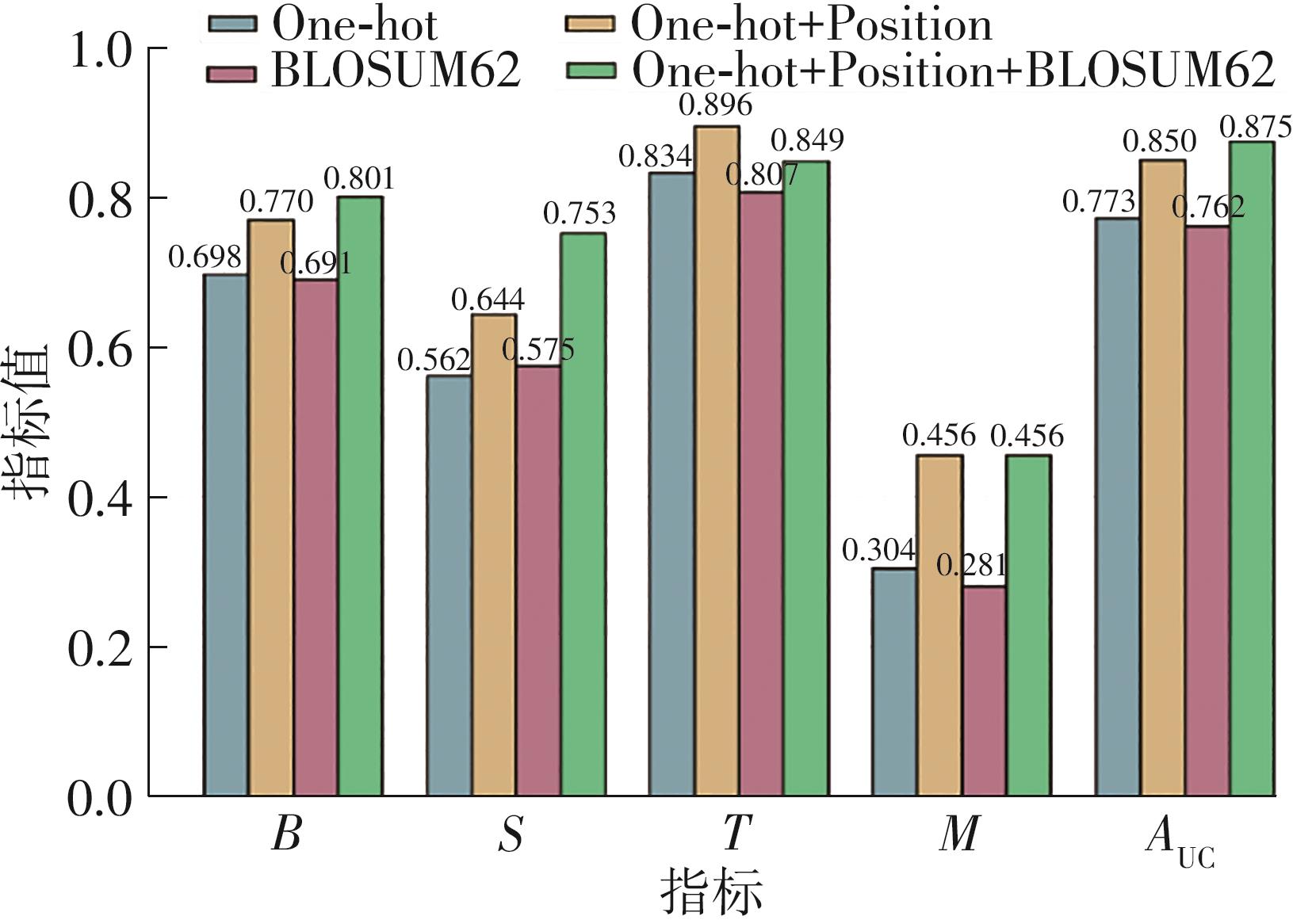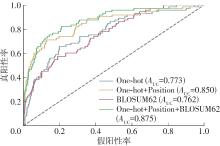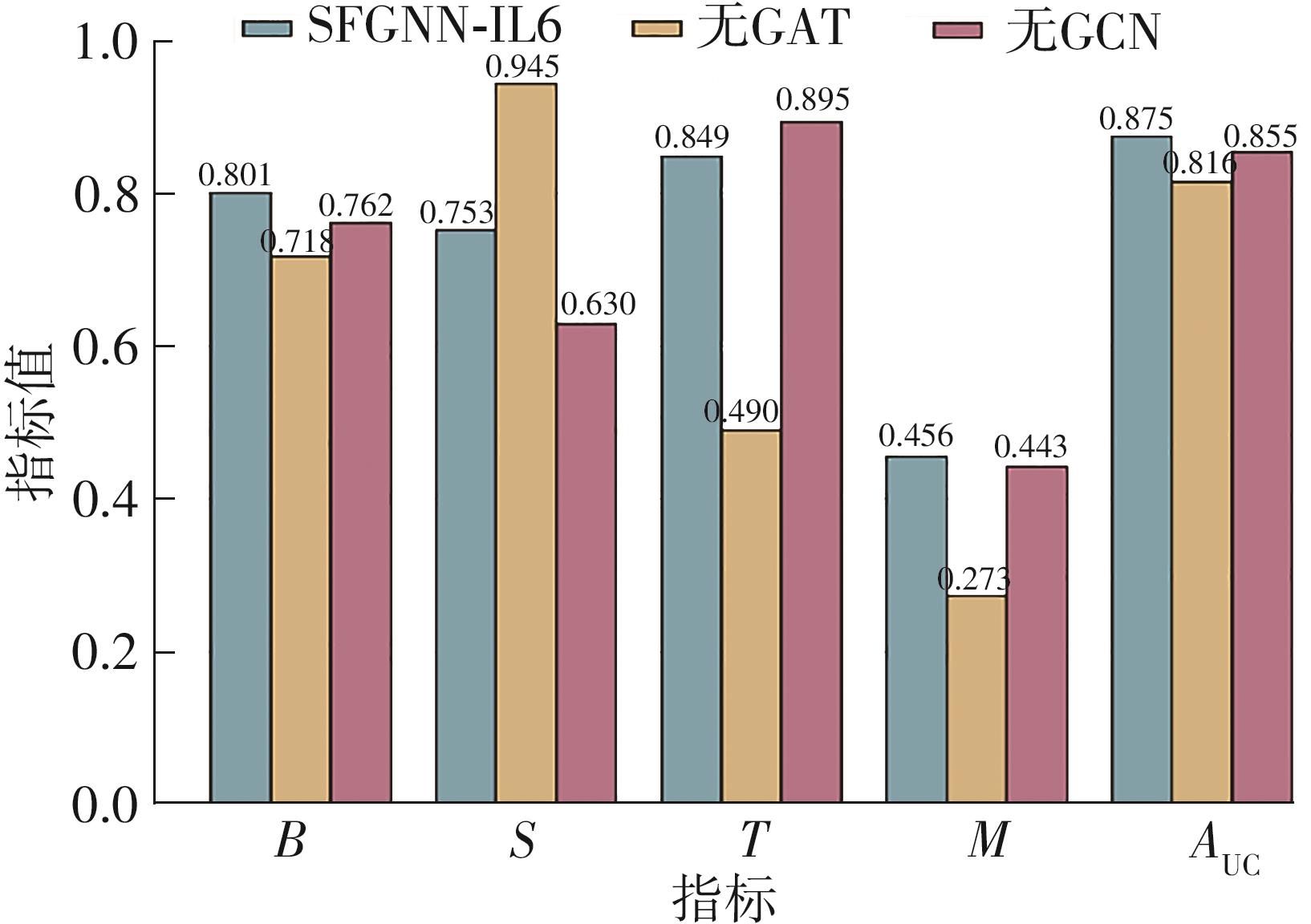| 1 |
PENCE B D .Aging and monocyte immunometabolism in COVID-19[J].Aging,2021,13(7):9154-9155.
|
| 2 |
SÁEZ-CIRIÓN A, SERETI I .Immunometabolism and HIV-1 pathogenesis:food for thought[J].Nature Reviews Immunology,2021,21(1):5-19.
|
| 3 |
LU R, ZHAO X, LI J,et al .Genomic characterisation and epidemiology of 2019 novel coronavirus: implications for virus origins and receptor binding[J].The Lancet,2020,395(10224):565-574.
|
| 4 |
KISHIMOTO T .IL-6:from its discovery to clinical applications[J].International Immunology,2010,22(5):347-352.
|
| 5 |
LI Y-S, REN H-C, CAO J-H .Roles of interleukin-6-mediated immunometabolic reprogramming in COVID-19 and other viral infection-associated diseases[J].International Immunopharmacology,2022,110:109005/1-15.
|
| 6 |
OKABAYASHI T, KARIWA H, YOKOTA S I,et al .Cytokine regulation in SARS coronavirus infection compared to other respiratory virus infections[J].Journal of Medical Virology,2006,78(4):417-424.
|
| 7 |
NOTZ Q, SCHMALZING M, WEDEKINK F,et al .Pro-and anti-inflammatory responses in severe COVID-19-induced acute respiratory distress syndrome—an observational pilot study[J].Frontiers in Immunology,2020,11:581338/1-13.
|
| 8 |
MANAVALAN B, BASITH S, LEE G .Comparative analysis of machine learning-based approaches for the identification of therapeutic peptides targeting COVID-19[J].Briefings in Bioinformatics,2022,23(1):bbab412/1-16.
|
| 9 |
NAGPAL G, USMANI S S, DHANDA S K,et al .Computer-aided designing of immunosuppressive peptides based on IL-10 inducing potential[J].Scientific Reports,2017,7(1):42851/1-10.
|
| 10 |
DHALL A, PATIYAL S, SHARMA N,et al .Computer-aided prediction and design of IL-6 inducing peptides: IL-6 plays a crucial role in COVID-19[J].Briefings in Bioinformatics,2020,22(2):936-945.
|
| 11 |
CHAROENKWAN P, CHIANGJONG W, NANTASENAMAT C,et al .StackIL6:a stacking ensemble model for improving the prediction of IL-6 inducing peptides[J].Briefings in Bioinformatics,2021,22(6):bbab172/1-13.
|
| 12 |
YAN K, LV H, GUO Y,et al .sAMPpred-GAT: prediction of antimicrobial peptide by graph attention network and predicted peptide structure[J].Bioin-formatics,2022,39(1):btac715/1-8.
|
| 13 |
VASWANI A, SHAZEER N, PARMAR N,et al .Attention is all you need[M].GUYONI,LUXBURGU V,BENGIOS,alet,ed.Advances in Neural Information Processing Systems 30.San Diego:NIPS,2017.
|
| 14 |
CHEN Z, ZHAO P, LI F,et al .iFeature: a python package and web server for features extraction and selection from protein and peptide sequences[J].Bioinformatics,2018,34(14):2499-2502.
|
| 15 |
REMMERT M, BIEGERT A, HAUSER A,et al .HHblits: lightning-fast iterative protein sequence searching by HMM-HMM alignment[J].Nature Me-thods,2012,9(2):173-175.
|
| 16 |
DU Z, SU H, WANG W,et al .The trRosetta server for fast and accurate protein structure prediction[J].Nature Protocols,2021,16(12):5634-5651.
|
| 17 |
VELIČKOVIĆ P, CUCURULL G, CASANOVA A,et al .Graph attention networks[C]∥Proceedings of ICLR 2018.[S.l.]:ICLR,2018:10903/1-12.
|
| 18 |
KIPF T N, WELLING M .Semi-supervised classification with graph convolutional networks[C]∥Proceedings of ICLR 2017.[S.l.]:ICLR,2017:02907/1-10.
|
| 19 |
RAO B, ZHANG L, ZHANG G .ACP-GCN:the identification of anticancer peptides based on graph convolution networks[J].IEEE Access,2020,8:176005-176011.
|
| 20 |
CAO R, HE C, WEI P,et al .Prediction of circRNA-disease associations based on the combination of multi-head graph attention network and graph convolutional network[J].Biomolecules,2022,12:932//1-17.
|
| 21 |
DU J, ZHOU Y, LIU P,et al .Parameter-free loss for class-imbalanced deep learning in image classification[J].IEEE Transactions on Neural Networks Learning Systems,2021,34(6):3234-3240.
|
| 22 |
PANG Y, YAO L, XU J,et al .Integrating transformer and imbalanced multi-label learning to identify antimicrobial peptides and their functional activities[J].Bioinformatics,2022,38(24):5368-5374.
|

